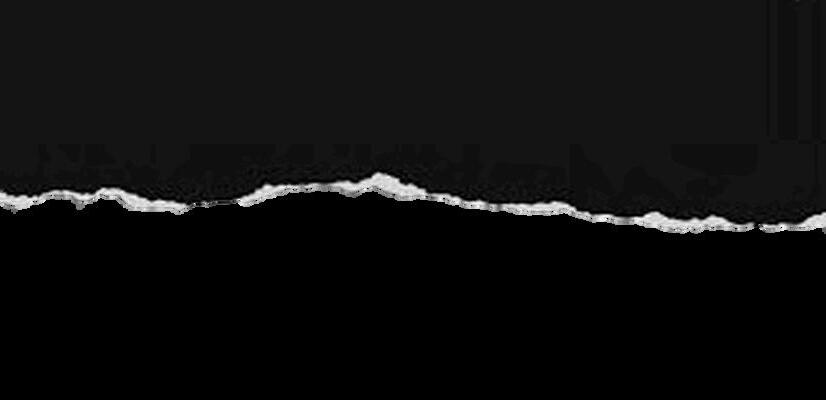
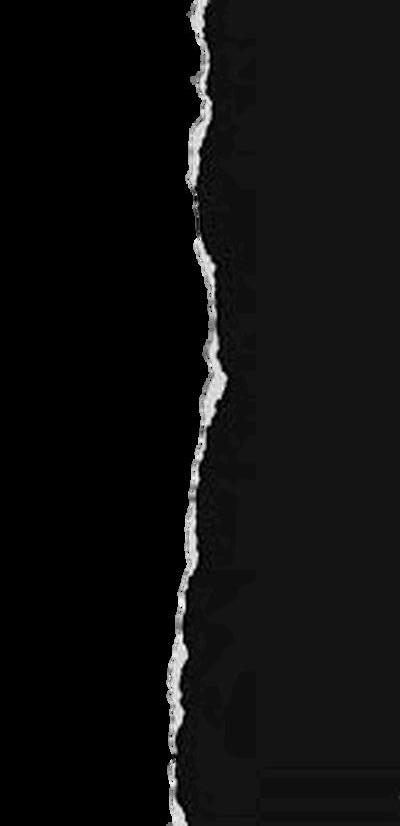
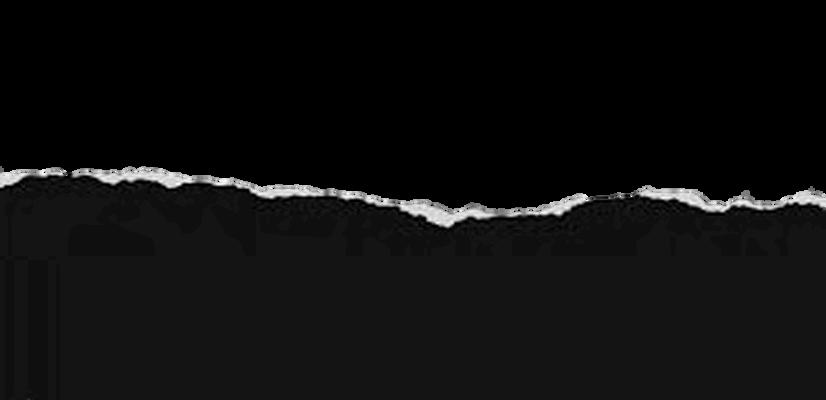
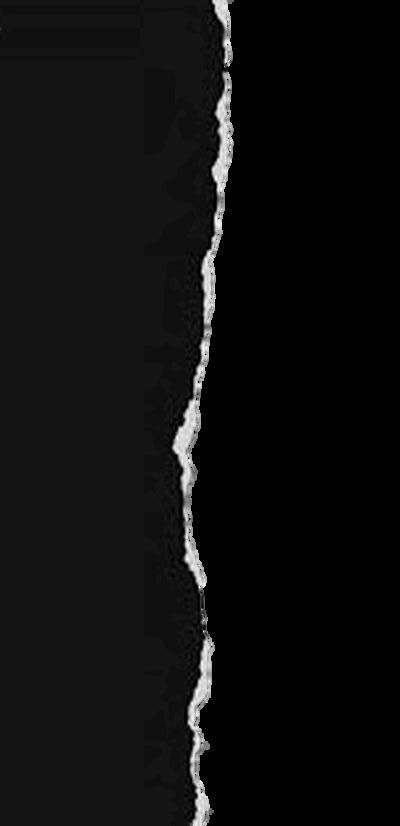





Fashion communication is the process of understanding how different media types can be used to communicate with a desired audience. You may do this by projecting a lifestyle image or creating a feeling. This process could involve many areas like branding, styling, photography, copywriting, PR, and visual merchandising.

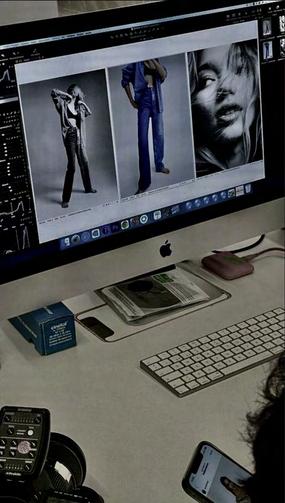
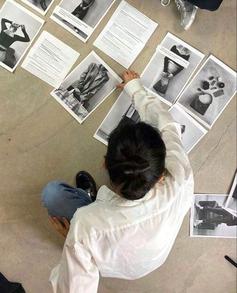
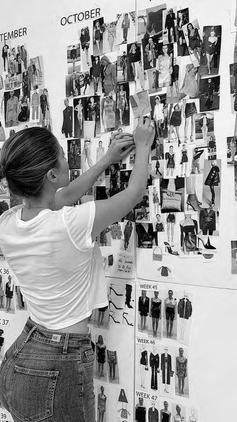





Fashion communication is one of the underlying principles that supports other aspects of a fashion business. For example, without fashion communication, designs may not be seen by the desired target audience.
To be successful as a fashion communicator, you must be innovative. There are thousands and thousands of brands constantly vying for our attention, through social media, TV adverts, and product placements. To capture the attention of your audience, you must understand consumer behaviour and integrate this into your strategy.




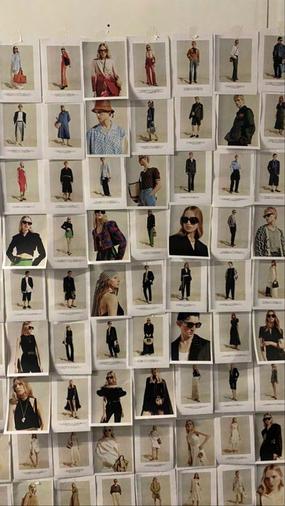
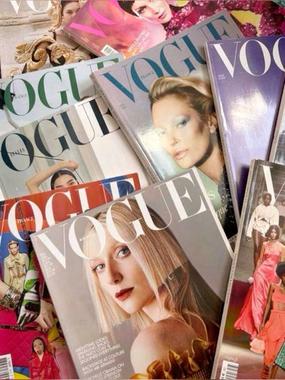

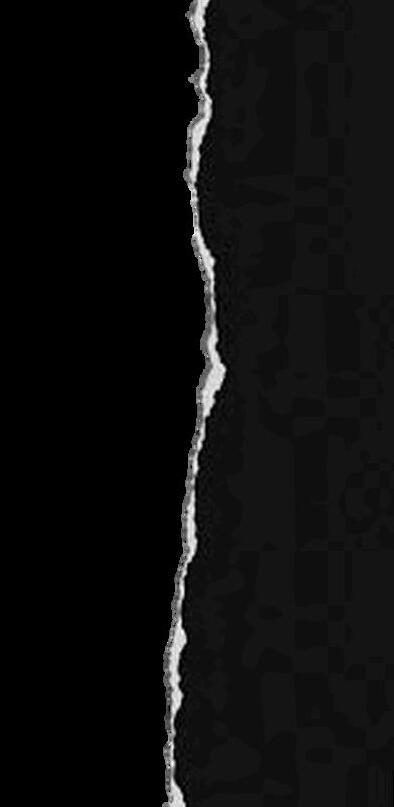
Whilst fashion communication itself is not a hob role, there are many areas that you can specialise in. Some of the most commmon areas that fashion graduates choose to go into include: Art Direction Fashion Photography, Styling, FashionJournalism or PR , Branding and Social Media
Art directors are essentially visionaries. They use different media types to create images of a brand that tell a story, appeal to the desired target audience and sell products. As an art director, you may direct photoshoots, consult on marketing strategies and styling options and oversee any other visual aspects of a campaign.

Fashion is built on visuals; it's a fashion photographer's job to capture the images.


As a fashion photographer, you may capture product shots, editorial imagery, fashion shows and events. Whilst product shots are mainly used to sell fashion items, editorial images may be used to promote the brand and enhance consumer perceptions. Understanding the difference between these communication types is essential for a fashion photographer. You'll need to work closely with clients, art directors and stylists to help realise their intended vision. The world of fashion photography can be competitive so technical skills are also essential for this role.








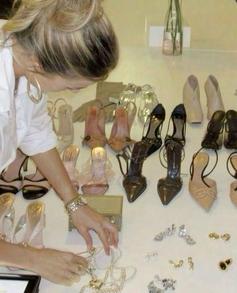


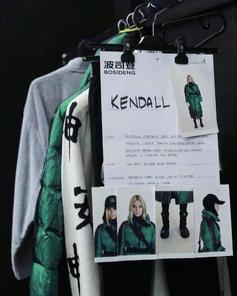

The way you style products can completely transform the look and feel of clothes. Styling helps products to evoke an aesthetic that falls in line with the brand image, helping them to appeal to a desired target audience. Stylists may also work with other fashion communicators, such as art directors and visual merchandisers, to create a cohesive and consistent brand image across departments.
Fashion journalists or PR professionals may work within fashion businesses or externally, freelance or in an agency setting. Fashion journalists often work for magazines reporting on stories such as new trends, fashion shows and events, as well as celebrity fashion. PR professionals are often employed by fashion houses, tasked with raising their brand profile by highlighting and creating certain stories. The two areas are very closely linked, with PR agents sending products to journalists to get their brand featured in magazines and newspapers.



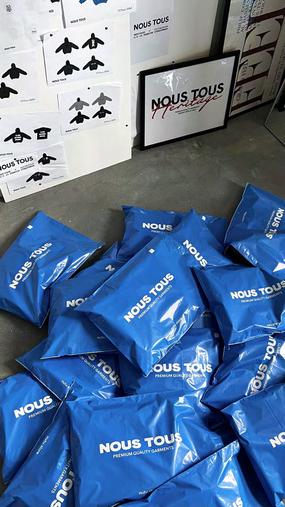


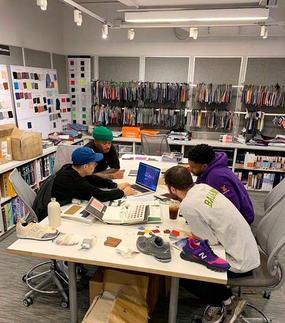




Branding helps to cement how a business is perceived by the consumer. A fashion business's brand should tell a story of its values, creating an identity that appeals to its target customer. Branding can help to show whether you sell luxury fashion, haute couture or high-street fashion. It can also give insight into the style of your products - are they edgy, romantic or tailored and timeless? Your brand is often the very first thing a customer sees so making sure this is communicated effectively is essential.


Social media is one of the most transformative marketing tools to emerge in recent years. Consumers now expect to be able to interact with brands via social media. This help to promote trust, and it offers businesses the opportunity to give their brand a voice through features such as live streaming and Q&As. It also boasts a much wider reach than many other marketing activities. To capitalise on this area, a company’s online presence should perfectly align with the brand. This makes sure customers have a seamless experience whether they're interacting via social media, on a website or in a physical store.









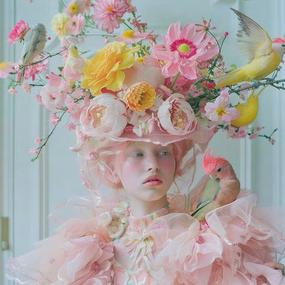




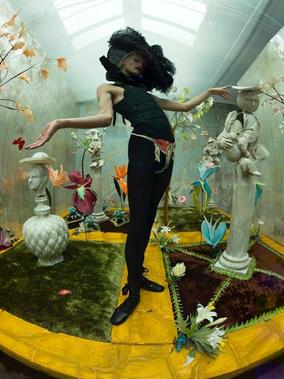

Tim Walker is a well-known fashion photographer from England. He rose to prominence is the mid-1990's due to his highly imaginative and fantastical photographs inspired by his love of fairy tales and a thirst for adventure. His exuberant fashion pictures and imitable portraits have graced the pages of magazines such as Vogue, Vanity Fair, W, LOVE, Another Man, and i-D. He is well known for his lavish tableux and abitious narrative-driven shoots on location around the world. A champion of new talent and unconventional beauty, he enjoys longstanding collaborations with models and perfomers including Edie Campbell, Karen Elson, Kate Moss, and Tilda Swinton. After working for so many years with extraordinary sets and props, he challenged himself to create portraits in a simple white space. Every portrait involves meticulous preperation: Walker carefully researches the motives and passions of the sitter in order to capture their essence in a single image. In 2010 his first short film, The Lost Explorer, premiered at Locarno Film Festival in Switzerland and later won Best Short Film at Chicago United Film Festival. Five other films followed; most recently a ballet based on Hans Christian Andersen’s story The Steadfast Tin Soldier. Walker regularly collaborates with performers and musicians, creating the official video for Blissing Me from Bjorns album Utopia (2017) and shooting the album art for Kate Bush’s Directors cut (2011) and Harry Styles’ Fine Line (2019).


















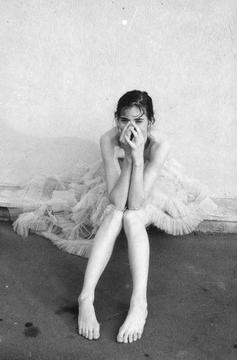
Corinne Day was a British photographer whose influence on the style and perception of photography in the early 1990's and onwards has been immense. Self taught, Day brought a more documentary look to fashion imagery, in which she often included autobiographical elements. She was known for forming long and close relationships with many of her muses, including Kate Moss, Rosemary Ferguson, George Clements, Georgina Cooper, Sarah Murray, Tanya Court, and Tara St Hill, a way of working which resulted in candid and intimate portraits. Her first published work was for The Face magazine in 1990 - photographs of Kate Moss in an editorial titled the ‘3rd Summer of Love’. Days’ approach to fashion photography in the 90's, came to be known as ‘grunge’ and grew into a international style. Her style of ‘dirty realism’ was to become enormously influential within mainstream advertising. But where the imagery of nonchalant, non-conformist youth was for Day an extension of her life, in fashion, the ‘look’ returned as pure, empty style.Day’s images leave both photography and fashion with a legacy which cannot be overlooked. Her distinctive style epitomized the anti-fashion movement, intensifying the emotions of both the clothes and the people she photographed. In an era when airbrushed facades have returned to dominance in fashion photography, her work feels as necessary and refreshing as it was at the start of her career, and her photos will continue to shine as a beacon of reality in a sea of artificiality.











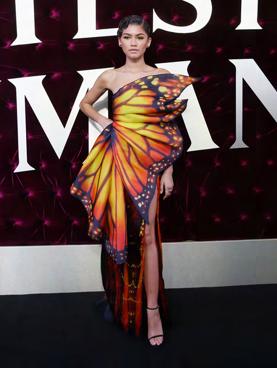







Celebrity stylist Law Roach is an American fashion stylist, best know for his work with artists such as Zendaya, Celine Dion and Anya TaylorJoy. 2009 marked the start of his career after Kanye West visited the store that Law was working at. This flourished with his partnership with Zendaya - his creative muse for over a decade. Law has become well known for his highly-editorial fashion, becoming a staple stylist at the annual MET Gala ( he dressed 10 stars at the 2021 gala ) and various Hollywood events. Law was awarded the inaugural Stylist Award for American Fashion at the 2022 Council of Fashion Designers of America (CFDA) awards. His award followed Zendaya’s own Fashion Icon Award win in 2021 which made her the youngest ever winner at the age of 25.
The Met Gala puts Law’s creativity on full display, as he designed a Cinderella-inspired performance centred on Zendaya’s Tommy Hilfiger light-up dress for the 2019 Camp: Notes on Fashion theme, or the pair’s homage to Joan of Arc at the 2018 Heavenly Bodies: Fashion and the Catholic Imagination Gala. Earlier in his career, Law also dressed Rihanna at the 2015 China: Through the Looking Glass Met Gala. This year, Law was responsible for styling Hunter Schafer for the post-Oscars Vanity Fair party, dressing her in a two piece feather set from the fashion house Ann Demeulemeester, designed by Ludovic de Saint Sernin. This became one of the most talked about moments from the night.



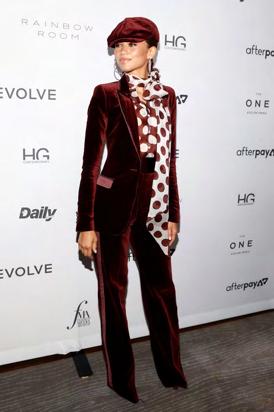







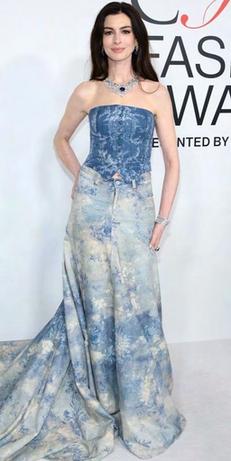



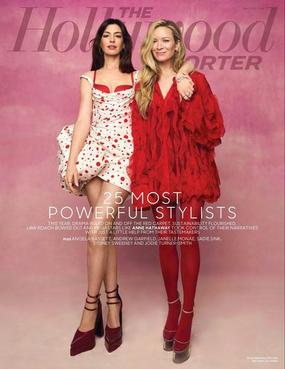

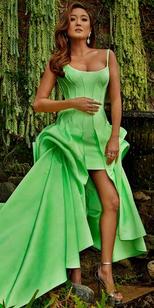

Erin Walsh is a highly regarded celebrity stylist and creative director. Her visionary approach to fashion has evolved into a movement centered around the idea that style can empower you to manifest the life of your dreams. Erin’s client list includes modern icons such as Anne Hathaway, Selena Gomez, Sarah Jessica Parker, Kerry Washington, Juno Temple and Maggie Gyllenhaal— to name a few. And her style expertise is sought after by publications, podcasts and brands, including Vogue, Neiman Marcus, Bulgari, Shiseido, L'Oreal and The Gap. She is also the co-founder of SBJCT: Journal, an activism-focused digital platform that features extraordinary people and the subjects that move them. Walsh, who describes her role as “a translator” and “a storyteller,” is behind the buzzy fashion glow-ups of celebrities including Anne Hathaway and, this year, Selena Gomez. A regular on The Hollywood Reporter’s annual “25 Most Powerful Stylists” list, Walsh also works with Sarah Jessica Parker, Jessica Alba, Lana Condor and Ashley Park. In addition, Erin has styled campaigns for brands such as Vogue, Neiman Marcus, Cole Haan, Hugo Boss, Swarovski and more.
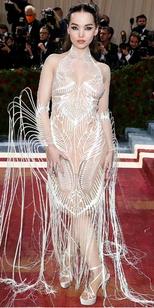






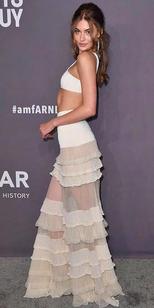


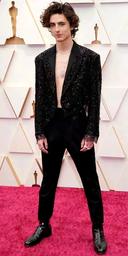
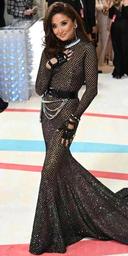





Discovering, supporting, and fostering creativity is a part of Diesel DNA, and the brands philosophy has remained the same since its inception: passion, self expression, and a determination to change the game.
market
Rooted in denim mastery and evolved into being a leader in premium fashion, Diesel is now a true alternative to the established luxury market
Competitive Environment -
Some of Diesels biggest competitors are levis, for the denim, and in general, high street stores that are duplicating Diesels designs for a lower price, Other competitors consist of Lee, Wrangler, GAP, Tommy Hilfiger, and Calvin Klien.
brand customer
Consumers are able to get high-quality, longlasting, luxury products, that are also sustainable.
Diesel is most well known for its raw denim, grunge-esque accessories and utilitarian, cut-out baby tees.
Diesel is comitted to confronting the social, economical, and environmental impacs of the fashion industry. They have laucnches a strategy called “Diesel for Responsible Living” which outlines the companys commitment to taking action for the beenfit of current and future generations, ensuring Diesels continuing success in a changing world based on their four pillars: Be the Alternative, Stand for the Planet, Celebrate Individuality, and Promote Integrity.
Diesels primary target audience includes upper and middle-class people aged around 18-25, who value unique and innovative fashion, crave self expression, and appreciate the brands rebellious identity.
Brand Ambition - Diesels brand ambition is to keep the satisfaction of all customers at the highest level by designing high-quality, long-lasting products, that encourage customers to celebrate individuality and creativity, whilst still standing for the planet.
Benefits - This will lead to customer satisfaction and helps to build the brands reputation, which can lead to new customers, resulting in higher profitability.
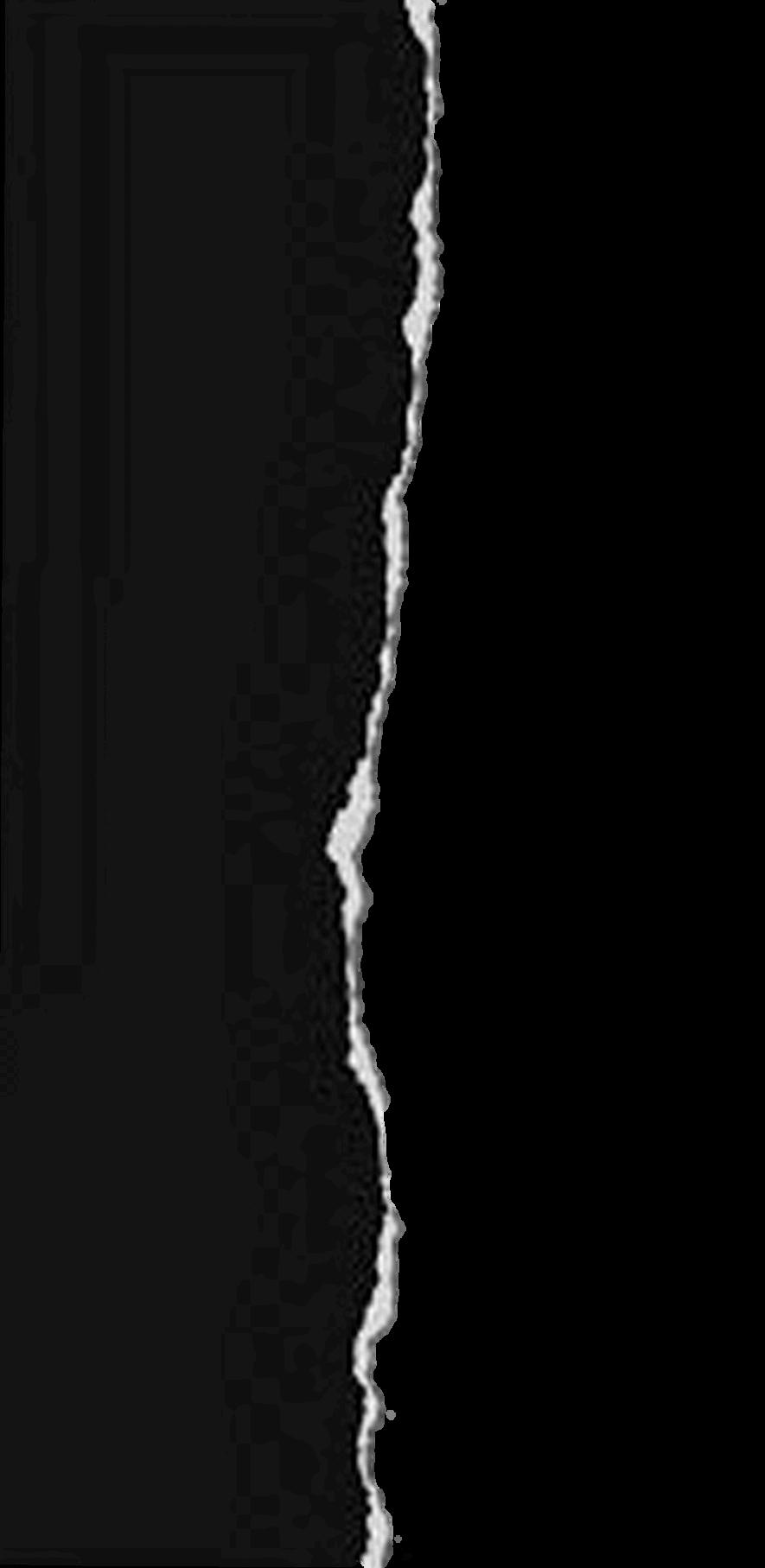
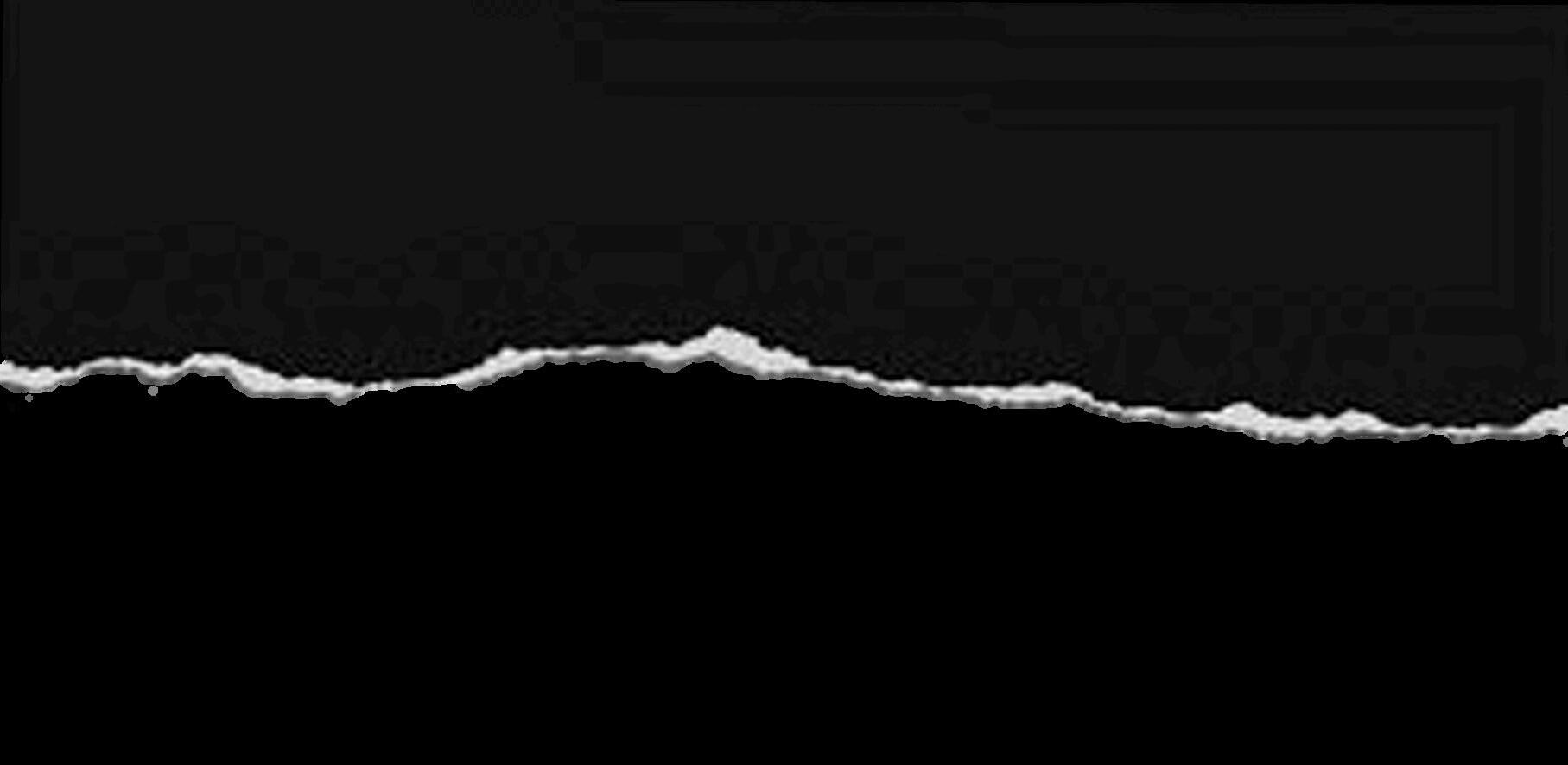

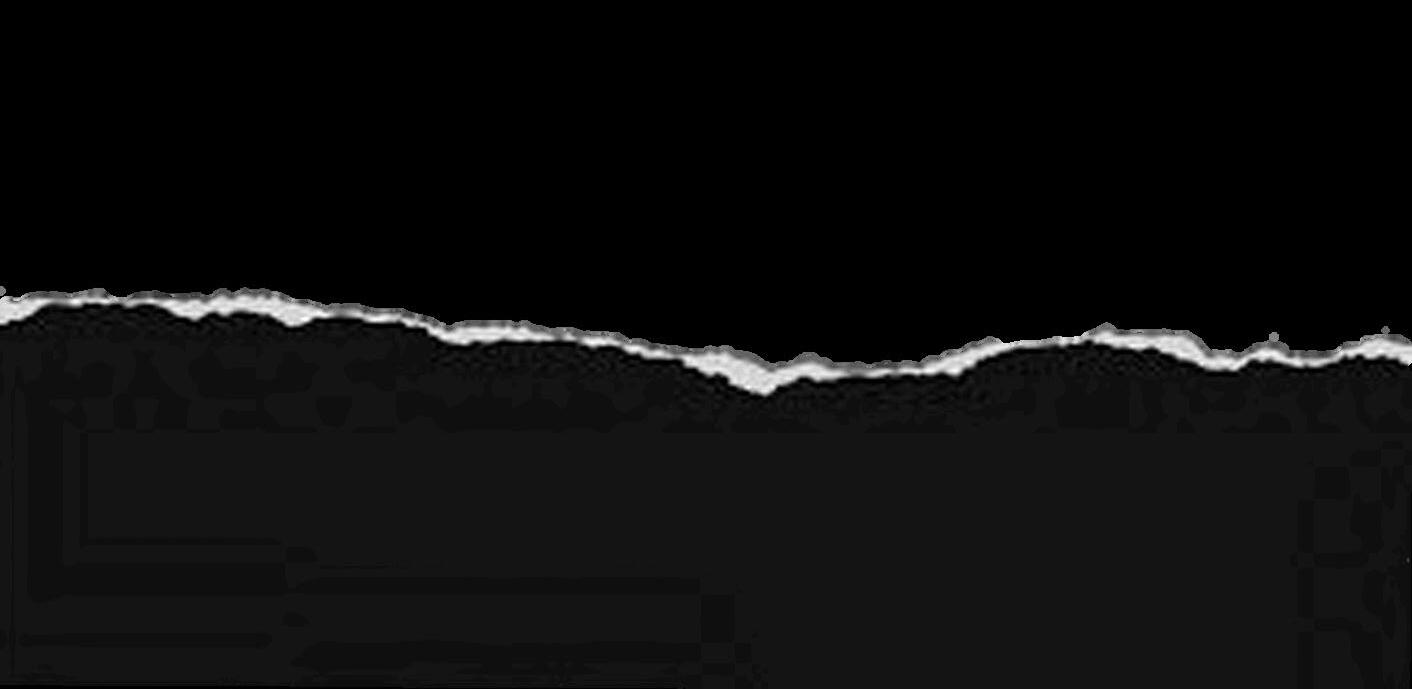
1 Nans House 07/10/24 Denim wall
MODELS NAME PERMISSION GRANTED RISK/HEALTH AND SAFETY
Amber Yes
Hangers falling, wire wrapped around door and falling.


Diesels Fall Winter 2023 campaign is an irreverent, adults-only play on classic children’s puzzle books in which characters and objects are hidden within densely packed, wildly imaginative scenes all over the world. Instead of following a single cartoonish character on his travels and travails, we discover many who inhabit the land of Diesel.
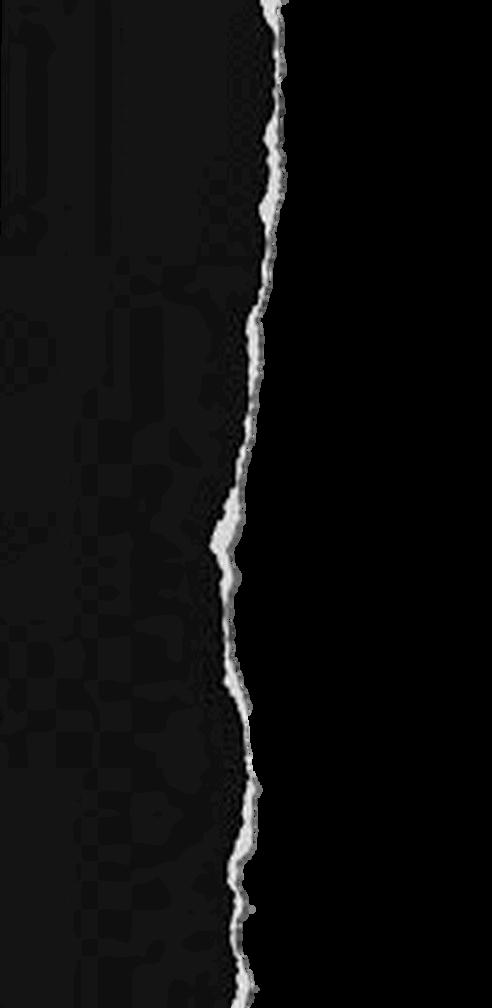



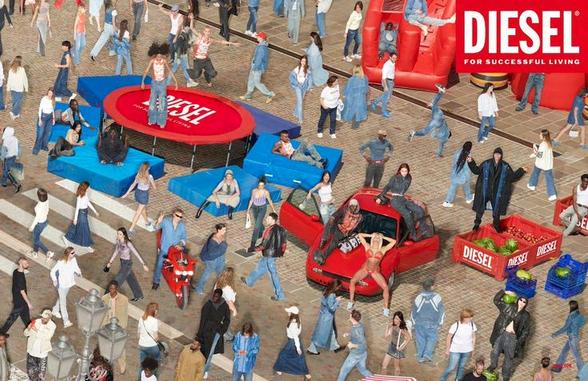




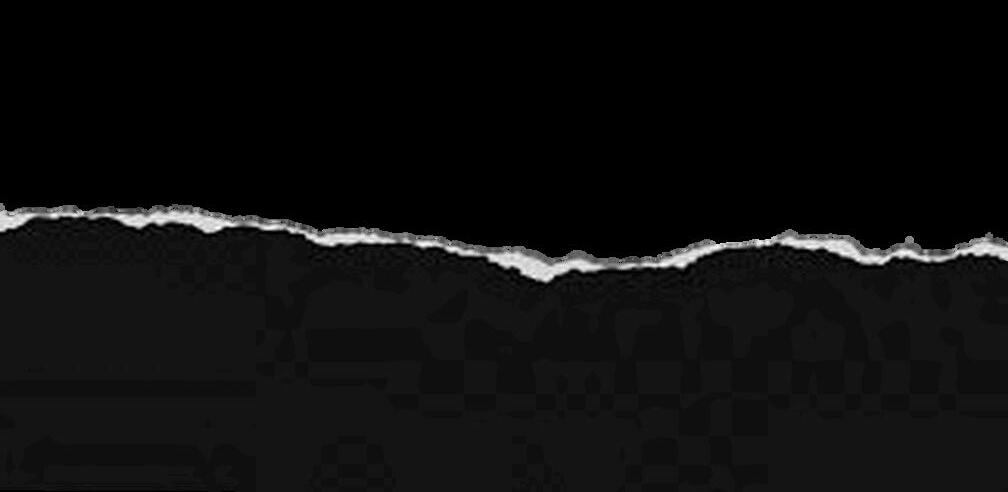
The six hero group of role models wear looks from Glenn Martens’ Fall Winter 2023 collections both pre and runway. New denim includes pieces from the Biker Darts, Cargo Denim and Coated outerwear ranges. The earth tone group introduces a new textural palette focusing on a new range of brown, camel, and burgundy. Devore Denim is applied to sheer tulle for a burnout effect. Pop photo prints of closeups of maniacal toothy grins are applied to shiny jackets, tube tops, and miniskirts. Accessories include watches and sun-glasses embedded within the carwash and barbecue scenes.


DIESEL FALL WINTER 2010

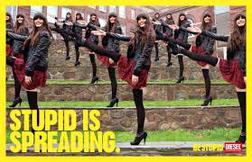
Diesels Fall Winter 2010 ad campaign, titled ‘Be Stupid’, is provocative, original, non-conformist and simple: if you want to live life to the fullest, you take risks, you make refuse to settle for less and you do things differently. Their pitch is that smart is cold, intellectual, and cautious, and has only one good idea. Stupid is exciting, hot, emotional full of possibility, and most importantly has “balls”. Within every terrible choice, there almost always lives a good story and some great learning. If temporarily glorifying stupidity means encouraging people to lose some of their inhibitions, then Diesel has made some very smart decisions. To the younger generation, the Diesel campaign is like a breath of fresh air.










To the younger generation, the Diesel campaign is like a breath of fresh air. It’s full of life and possibility, and although corporate types may naysay it to death, who cares? They’re not the target. Diesel chooses to be a rebel with a cause. It chooses to venture into unknown territory. It decides to take its chances. It is willing to take responsibility in case of failure. It stands for what it believes in; even if that is to ‘Be stupid.’

This is what sets Diesel apart from the competition, even a few notches higher. The message is loud and clear. Its easy for youngsters to identify with Diesel and its very powerful message. With the young, Diesel has gained cult status.
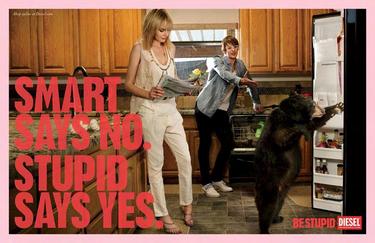







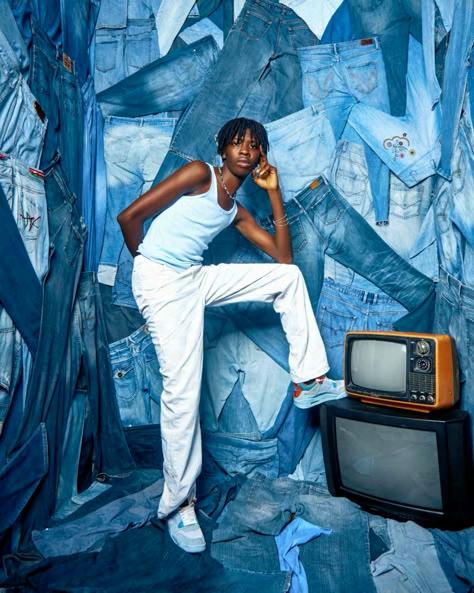
For this project i wanted my campaign to be focused on Diesels history with denim, and therefore base it on celebrating Diesel Denim.








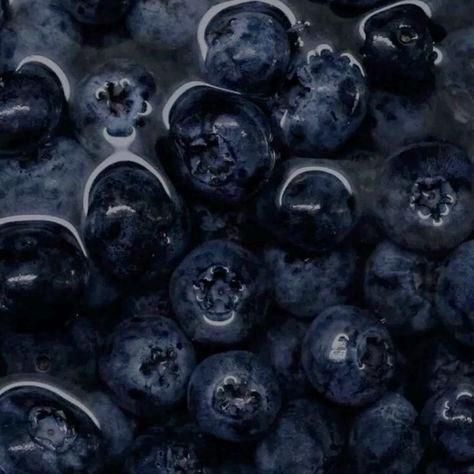







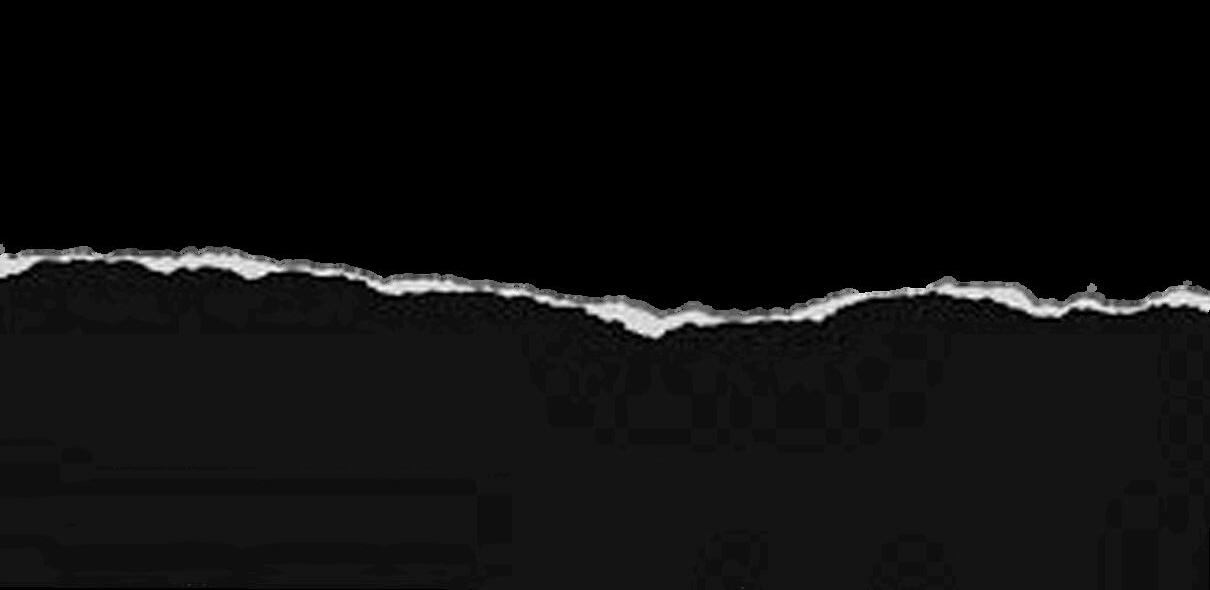
This mood board represents the colour palette for this project and for my campaign. As my campaign is based on Diesels denim, most of the colours used will be different shades of denim and blues. With the Diesel logo being red, it will be present throughout. I will also make use of balck and whites through this campaign too, to add some more neutral tones to the outcome.


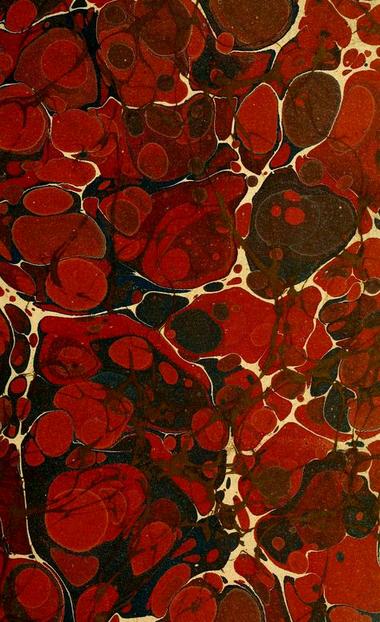






NAME: Amber Mason
AGE: 18
HEIGHT: SIZE:
EYE COLOUR: Blue
HAIR COLOUR: Dark Brown




















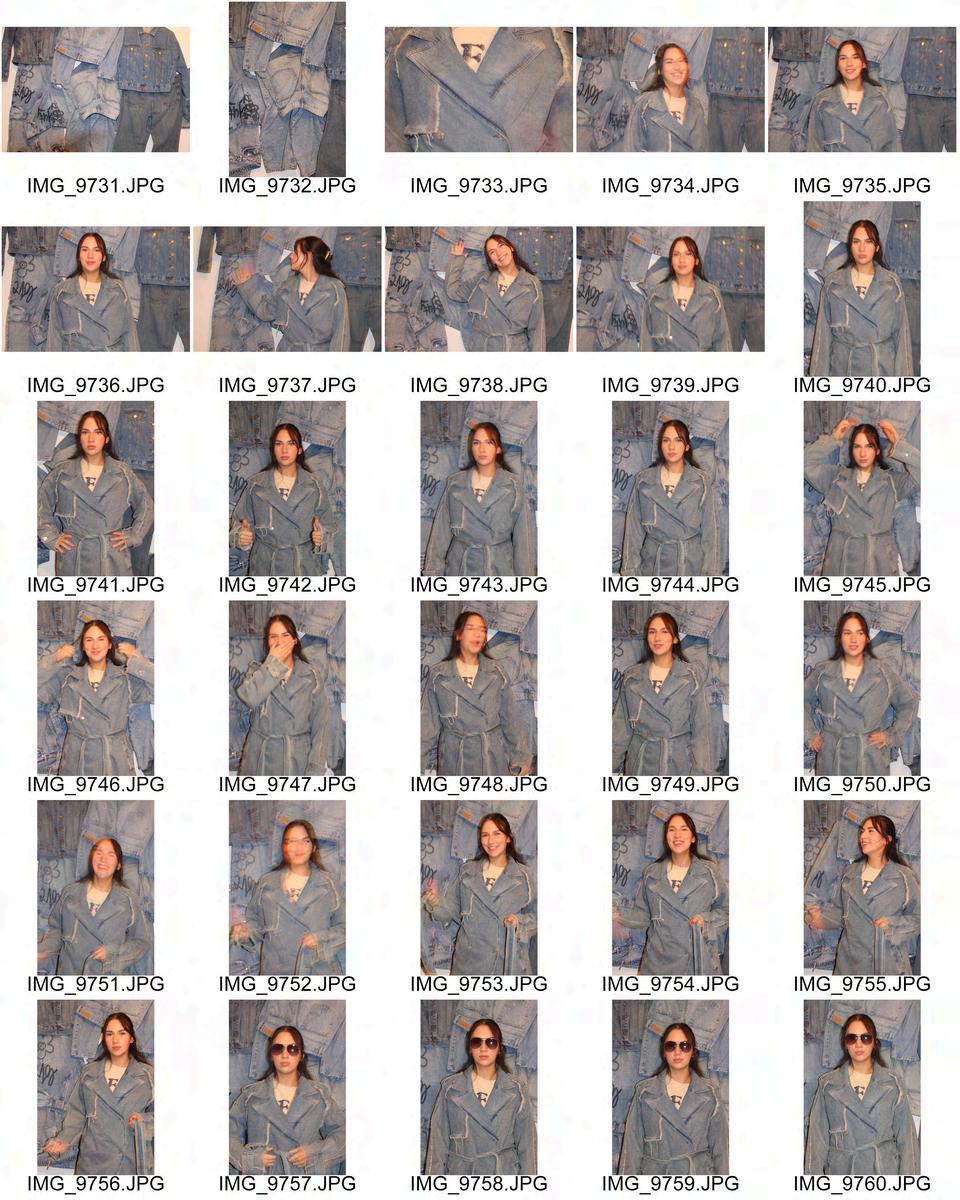




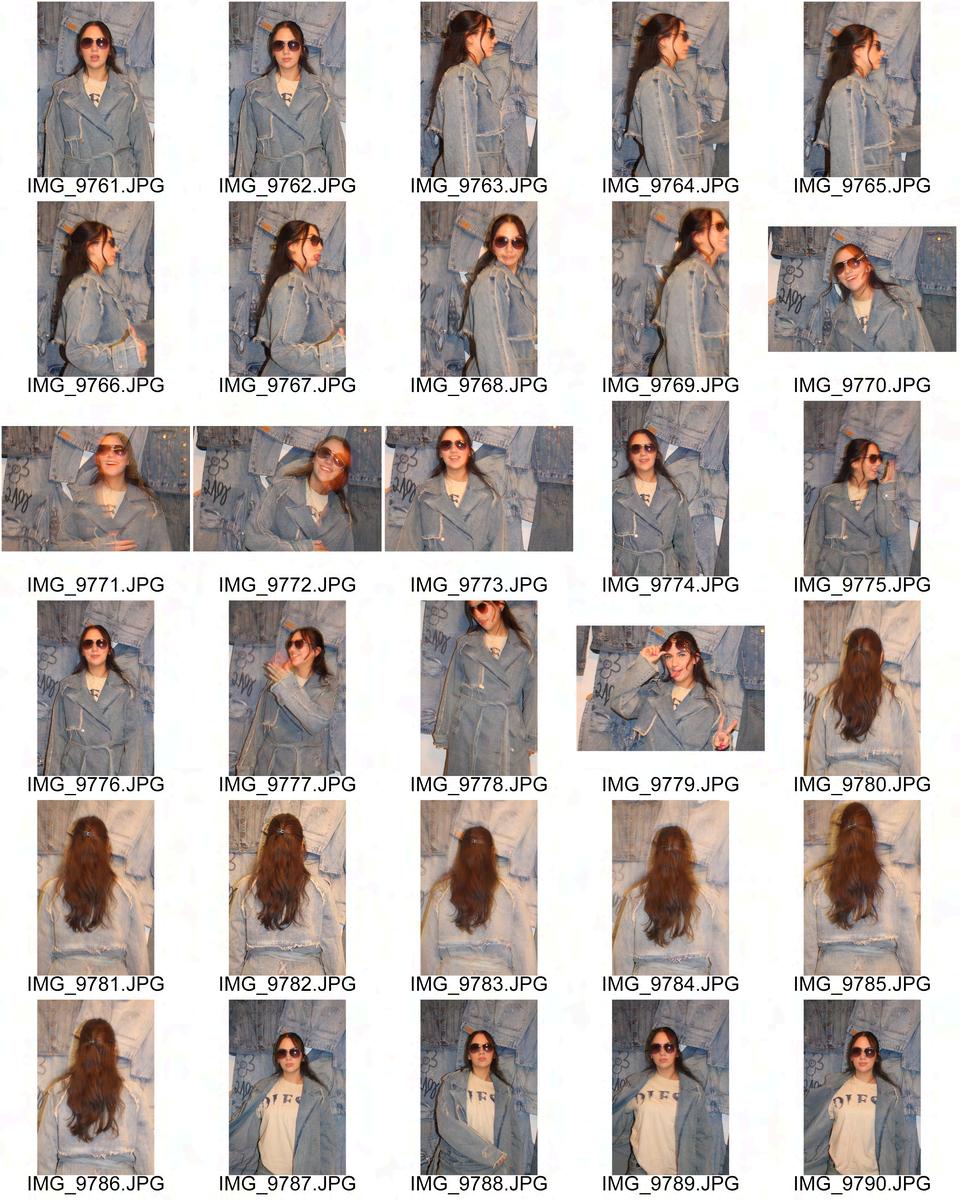




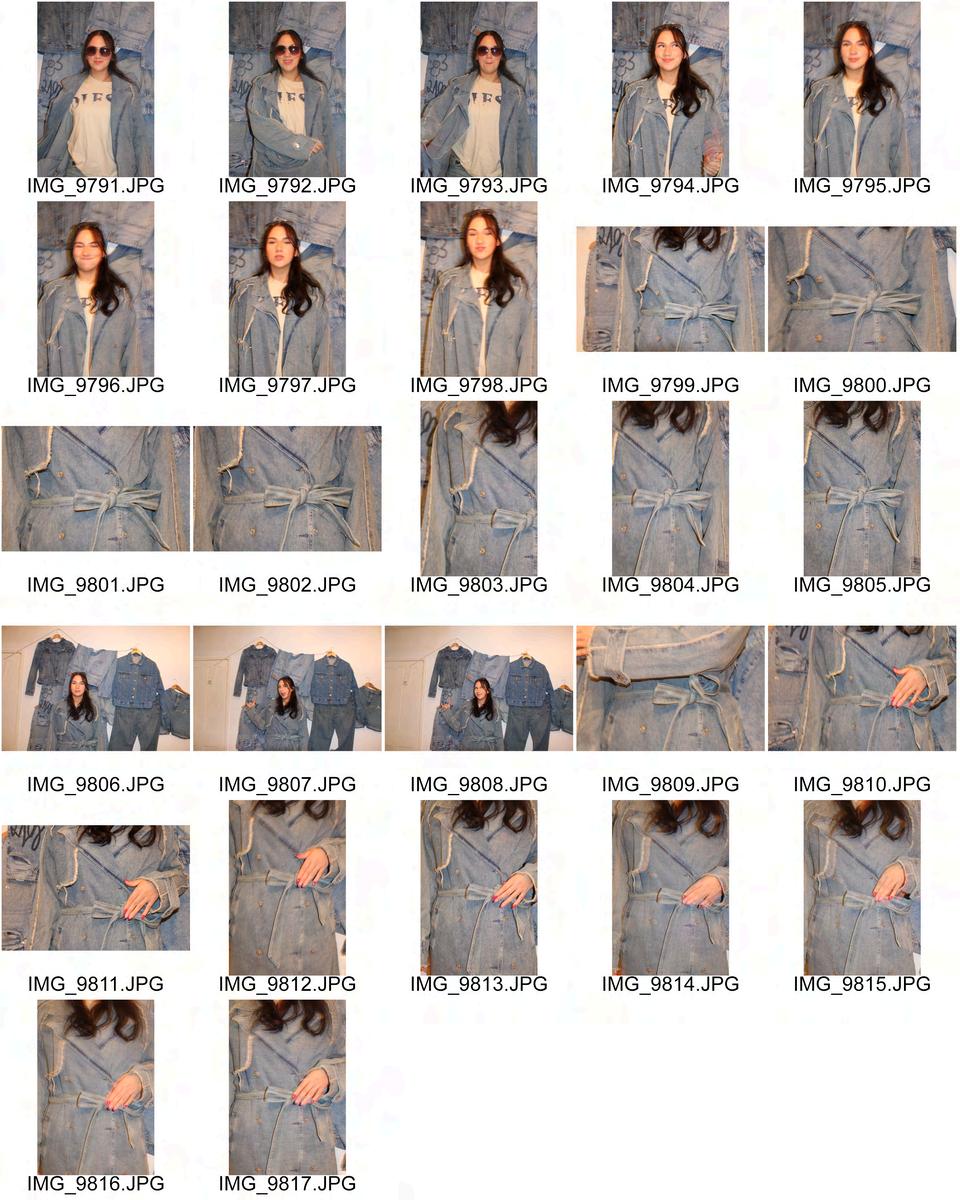








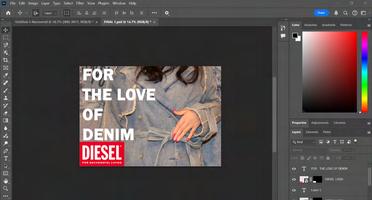


The first thing i did when editing my photos was fill the whole page with the pictures. From the very start i knew that my pictures would have the red Diesel boxed logo in one of the corners as this is something that Diesel as a brand does across all of thier ads, i just wasnt sure which corner, so i tried it out in different places on my different photos. I also kept adjusting the size of it to make sure that it fit in well and didnt look out of place. Next i started on the typography on my ad campaigns. I knew that the quote would be ‘For The Love Of Denim’, the title of my campaign, and i chose a font that matched the diesel logo. however, i wasnt sure about anything else to do with it. i didnt know where i would place it on the diffferent pictures, so i kept moving it about, changing the font size and the layout of the words and which rows they were in.


After trying out the typography in a variety of different placements, i still thought it looked off. I added full stops and tried different colours other than white, such as black and red, as these colours are both in my colour palette for the project.
After this, I decided to see what a border would look like on some of the images, so I added some borders to different pictures and tried changing the thickness of them to see what different sizes would look like, and find what I preferred. I also tried a few different coloured borders to see what different effects it would have on the images and how they looked. I prefer quite a thin border as I think it doesn't overpower the actual image itself, however it still adds a nice touch, and is slightly more interesting of an image.



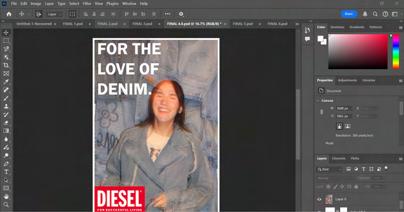



These are my final edited photos, I like them as I like the contrast between the blue denim and the red of the logos. I also like how the writing on some of them adds an extra touch in some of the more empty spaces. I also think that the borders on some of them make them abit more interesting.









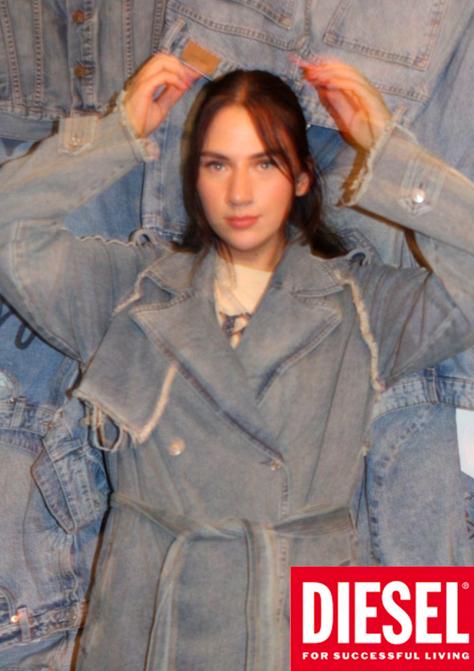






EDITED PICTURES FORTHE LOVEOF DENIM.


FORTHE LOVEOF DENIM.






